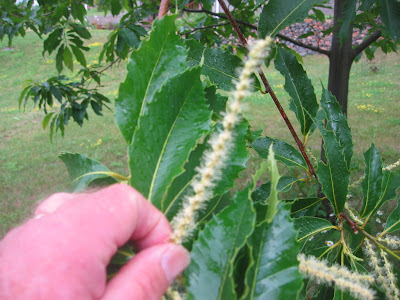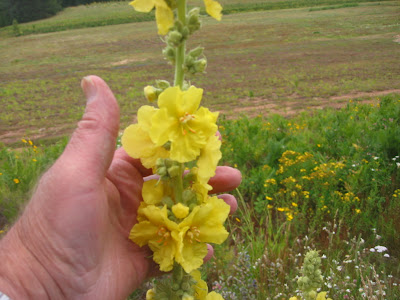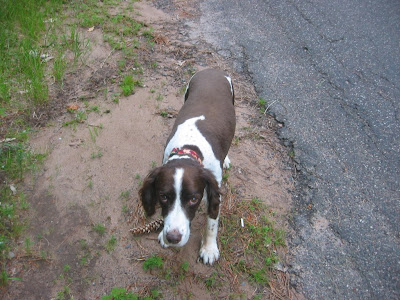



Friday, 7:15 AM. 61 degrees, wind W, brisk. The channel is dimpled, the sky is mostly blue and the barometer predicts sunny weather.
Kids, grandkids and three of the dogs are leaving today. The trip to Lost Creek Falls was a great success, as was the wienie and marshmallow roast at the Larsen’s camp last night. Andy and Judy’s daughter Libby arrived with sons Tyler and little Luke, and the kids all had a great time, climbing trees, pegging green apples, and getting stuck in the pond mud.
The purple loosestrife, Lythrum salicaria, in the Lythraceae family, is an old garden perennial long escaped into the wild, which has become aggressive and competes with native wetland vegetation. Fortunately, an Asian beetle which feeds exclusively on it is an effective control and seems to be doing its job.
The dynamics of populations are exceedingly difficult to predict, and plants often become invasive only after being naturalized for some time. That is why invaders into ecosystems have to be monitored so closely; sometimes they are not aggressive and cause no problem, and sometimes they become fierce competitors with native plants.
















































